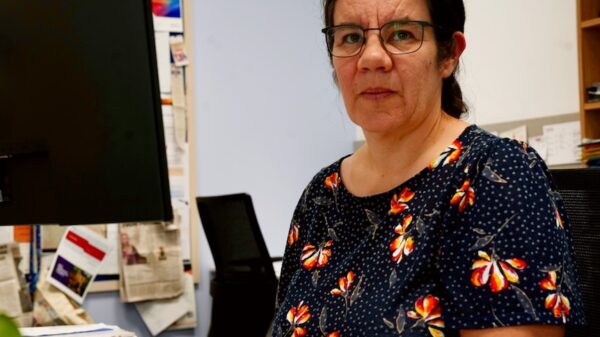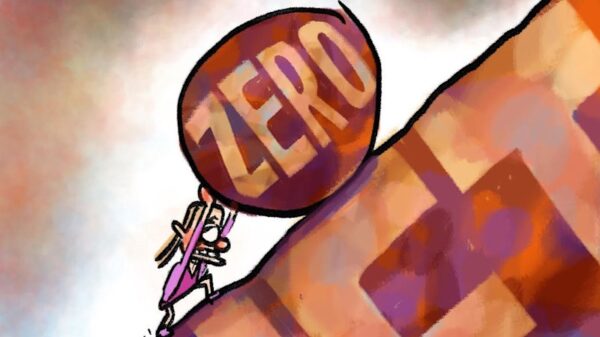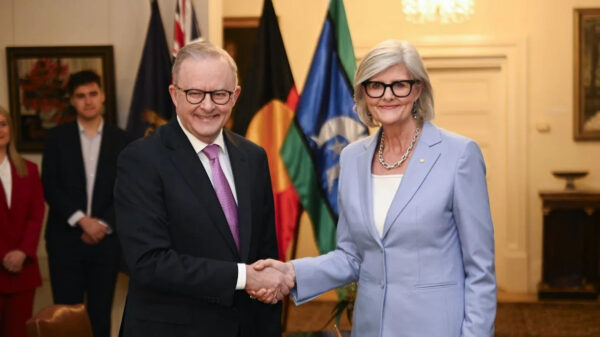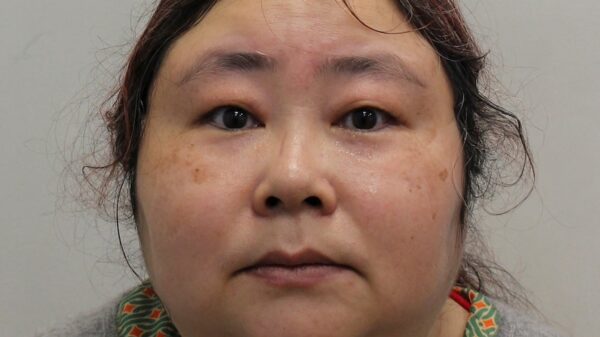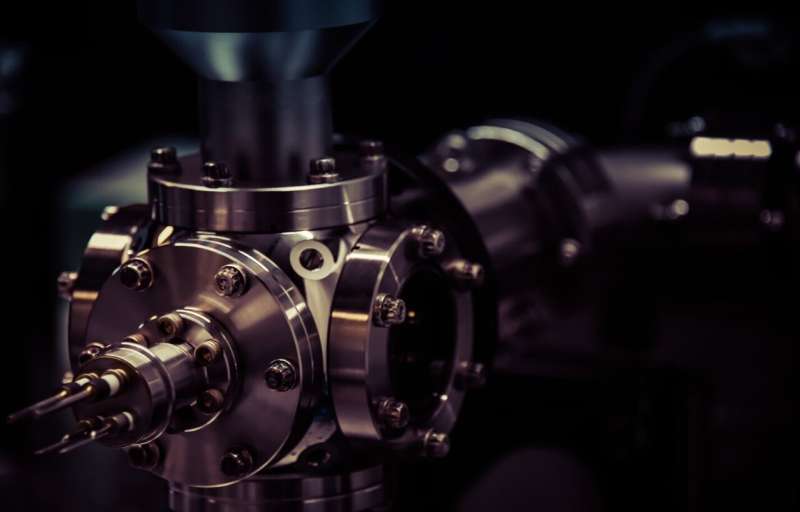Researchers from Sorbonne University, the University of Edinburgh, and Quantinuum have developed a groundbreaking on-chip cryptographic verification protocol for quantum computers. This new method allows quantum machines to verify their own computations despite the inherent noise and errors typically associated with quantum processing. The findings were published on November 11, 2025, in the journal Physical Review Letters.
Quantum computers harness quantum mechanical effects to perform calculations, potentially outperforming classical computers in specific tasks. However, their susceptibility to errors poses significant challenges. The recent collaboration aims to create a verification protocol that not only ensures accurate computations but also maintains cryptographic security, preventing malicious tampering with processed data.
Collaboration and Development of the Protocol
The initiative, led by theoretical physicist Cica Gustiani, emerged from a partnership between the three institutions. Gustiani emphasized the importance of bridging the gap between theoretical work and practical applications in quantum computing. She stated, “We wanted to see how our strong theoretical results would perform on real hardware—and the collaboration with Quantinuum provided the perfect opportunity.”
The team began by mapping out the theoretical requirements of their protocol, subsequently tailoring it for use on Quantinuum’s H1-1 quantum processor. Gustiani noted the impressive fidelity of the machine’s gates and measurements, which facilitated the testing process. They were able to push their protocol to 52 nodes, utilizing ions in the trap efficiently.
The protocol’s primary objective is to create a cryptographically secure and NISQ-friendly verification system. As quantum processors like those from Quantinuum evolve and grow larger, traditional methods of verification through classical simulations become impractical. Dan Mills, a researcher at Quantinuum and co-author of the study, remarked on the necessity of ensuring trust in the outputs of quantum computations.
Innovative On-Chip Verification Approach
The newly developed verification method operates entirely on a single chip, contrasting with previous protocols that required communication between multiple devices. Gustiani explained, “In simple terms, we tried to make quantum computers prove they’re telling the truth.” By adapting a cryptographic protocol typically used in client-server setups, the researchers enabled quantum computers to perform self-verification.
The protocol involves a series of test runs mixed with computation runs, allowing the quantum device to assess its own reliability amid noise or errors. This innovative approach eliminates the need for complex quantum networks, which are challenging to implement in real-world scenarios.
During their experiments on the H1-1 device, the researchers were able to verify the largest measurement-based quantum computation to date, involving 52 entangled qubits. Gustiani expressed excitement about achieving a fully verified quantum computation, stating, “We showed that cryptographically inspired verification can already work on near-term devices.”
The implications of this development are substantial. As quantum computers become increasingly complex, the ability to certify results in real-time will be essential. This protocol could pave the way for future advancements in quantum computing, enabling fault-tolerant and secure systems.
Looking ahead, the research team aims to refine the verification protocol further. They are exploring compatibility with fault-tolerant architectures and adapting the protocol to handle more realistic noise models. Gustiani mentioned the ongoing challenges posed by non-Markovian effects, where errors can have memory, highlighting an active area of research.
Mills added that the project represents an exciting step forward, as it translates theoretical concepts into practical tools for existing hardware. As Quantinuum continues to advance its quantum processing capabilities, the adaptation of verification techniques will be crucial for meeting user demands and ensuring reliable results.
The work by Gustiani and her colleagues exemplifies the potential of collaborative efforts in advancing quantum technology. As the field progresses, innovations like this protocol will be vital for building trust in quantum computing outcomes, paving the way for broader applications across various sectors.









